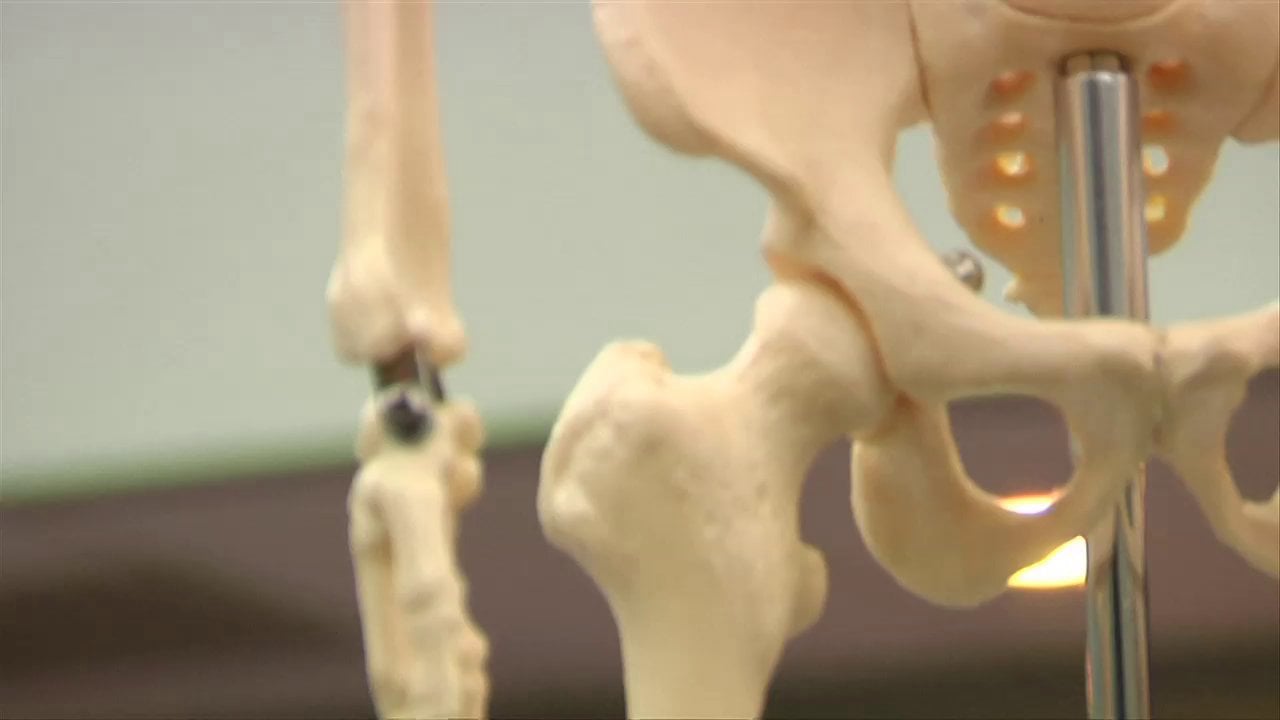
Why people should not have surgery during the weekend
In 2015, the British Department of Health released a compilation of eight studies that documented the "weekend effect", including its prevalence in local hospitals. Sir Bruce Keogh, Medical Director of the NHS, has cited the “weekend effect” as the cause for about 11,000 deaths a year. A paper by Chaim M. Bell, M.D. And Donald A. Redelmeier, M.D., has stated that the staffing quality during weekends was significantly lower, concluding their research with the statement, “Patients with some serious medical conditions are more likely to die in the hospital if they are admitted on a weekend than if they are admitted on a weekday.”
British Secretary of State for Health, Jeremy Hunt, even went on an interview with BBC.com to state that the “'Monday to Friday culture' in parts of the [National Health Service] had 'tragic consequences'...6,000 people die each year because of this.”
People should not jump to conclusions
That being said, other health professionals caution against jumping to conclusions; these deaths could have caused by other circumstances. According to Senior Research Fellow at the University of Bristol, Adrian Sayers, the patients who'd undergone hip surgery were “very old, and very frail...the care that you get at the weekend is at least the equivalent, if not better than what you get in the week.”
Other factors have been cited to contribute to the alarming number of deaths during hip surgery. The timing from the admission desk to the operating table is one. Another would be the increased chance of developing blood clots, pneumonia, or heart ailments following surgery. Oxford University researchers have even claimed that medical records might be to blame. They've stated that the data quality on weekday and weekend admissions are vastly different, showing a “lack of basic due diligence” more than anything else. Ben Bray, Research Director for the Sentinel Stroke National Audit Programme, has even gone on record to say that the problem doesn't lie solely in the “weekend effect” and that the issues are much larger than that, extending to other areas such as local context.
Sources:
Please contact us for more information.






















